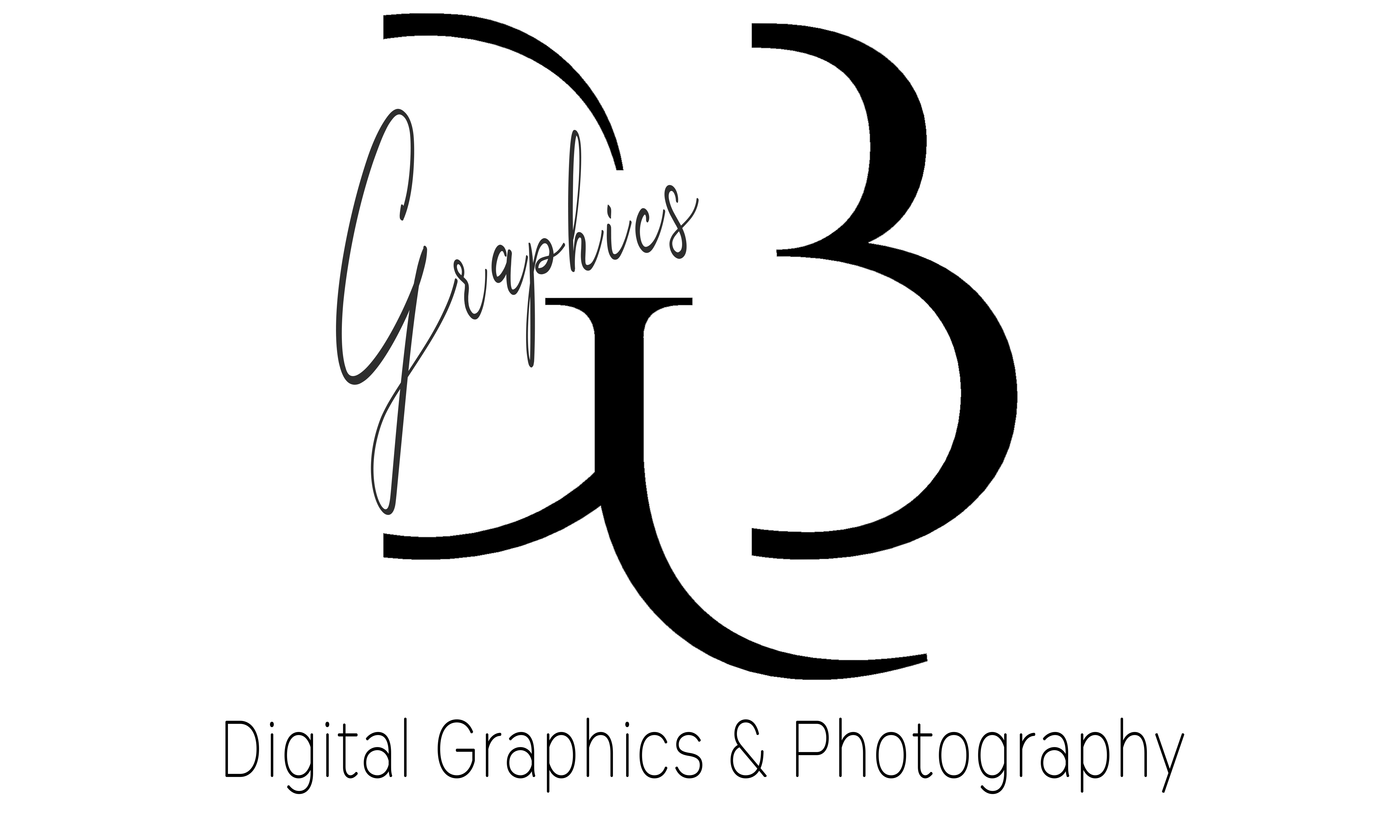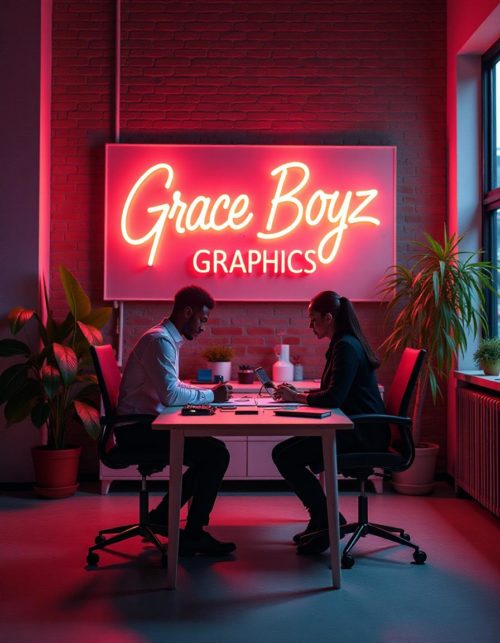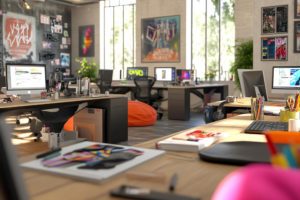Creating timeless designs that resonate with clients and remain relevant requires a thoughtful approach to creativity, aesthetics, and practicality. Here are some essential tips for creating, selecting, and designing such designs:
1. Focus on Simplicity
- Why: Simple designs are more versatile, easier to recognize, and stand the test of time.
- How: Use clean lines, balanced compositions, and minimalistic elements. Avoid overloading the design with trends or unnecessary details.
- Example: Think of iconic logos like Nike or Adidas—clean, simple, and memorable.
2. Emphasize Versatility
- Why: A timeless design should adapt to various mediums and contexts without losing impact.
- How: Create designs that look good in black and white, on small and large scales, and across different materials like digital screens, print, and merchandise.
3. Stay Authentic to the Client’s Brand
- Why: Timeless designs align with the core values and identity of the brand, ensuring they resonate with the intended audience.
- How: Dive deep into the client’s mission, vision, and target demographic. Ensure the design reflects their personality and purpose, not fleeting trends.
4. Choose Classic Fonts and Typography
- Why: Certain fonts have a lasting appeal that transcends trends, adding elegance and clarity to the design.
- How: Stick with timeless fonts like Helvetica, Garamond, or Futura, and use decorative fonts sparingly. Prioritize legibility and balance.
5. Use a Balanced and Timeless Color Palette
- Why: Colors evoke emotions and create associations; timeless colors ensure consistency over time.
- How: Opt for classic combinations (e.g., black and white, navy and gold) or subdued tones. Avoid overly trendy or overly vibrant colors unless it’s a core part of the brand’s identity.
6. Avoid Overuse of Trends
- Why: While trends can be appealing, they often have a short shelf life.
- How: Incorporate only elements of trends that align with the brand’s essence. Focus on timeless principles like symmetry, contrast, and balance.
- Preparing final layouts: Preparing final layouts for print and assisting in the production process�



